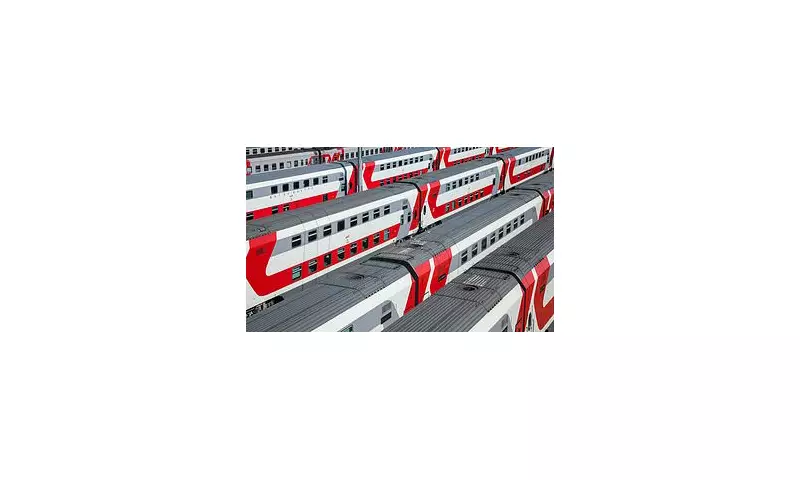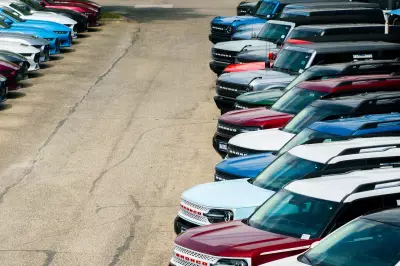
While passengers across Europe enjoy the spacious comfort of double-decker trains, Britain's railway network remains stubbornly single-level. The reason isn't lack of ambition, but a century-old infrastructure problem that makes widespread implementation practically impossible.
The Victorian Legacy Holding Britain Back
Britain's railway tunnels, many built during the Victorian era, simply aren't tall enough to accommodate double-decker carriages. Unlike European counterparts who built their networks with more generous clearances, UK tunnels were constructed to tighter specifications that now prevent expansion upward.
Network Rail confirms that approximately 70% of Britain's railway tunnels would require significant modification or complete reconstruction to make double-decker trains feasible. The cost and disruption of such an undertaking would be astronomical.
Where Double-Deckers Could Work
There are limited sections of track, primarily newer routes and those serving airports, where clearance might permit double-decker operation. However, these fragments don't form coherent networks that would justify the investment in specialized rolling stock.
Even if tunnels weren't an issue, many station platforms and bridges would also require modification to handle the increased height of double-decker trains.
The European Advantage
Countries like France, Germany, and the Netherlands benefit from more modern infrastructure standards and greater clearances that make double-decker trains practical. Their networks were either built later or to different specifications that allowed for future expansion.
Some European operators run impressive double-decker services carrying up to 1,300 passengers per train - nearly double the capacity of Britain's busiest services.
Britain's Alternative Solutions
Rather than pursuing double-decker trains, UK rail operators are focusing on:
- Longer trains with more carriages
- Improved seating configurations
- Better utilization of existing space
- New generation single-level trains with enhanced capacity
While the dream of widespread double-decker trains in Britain remains elusive, understanding these infrastructure limitations helps explain why our railways look different from those on the continent.





